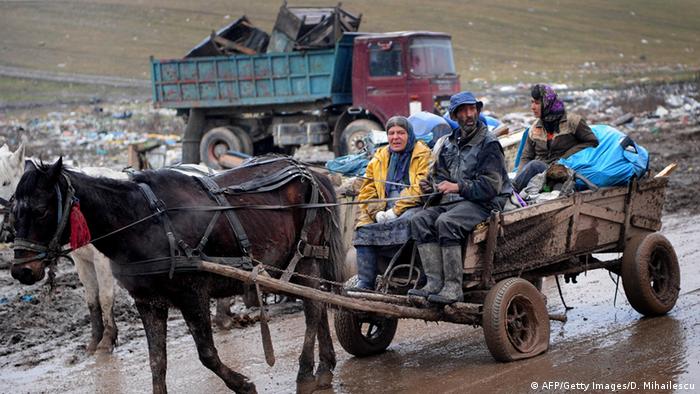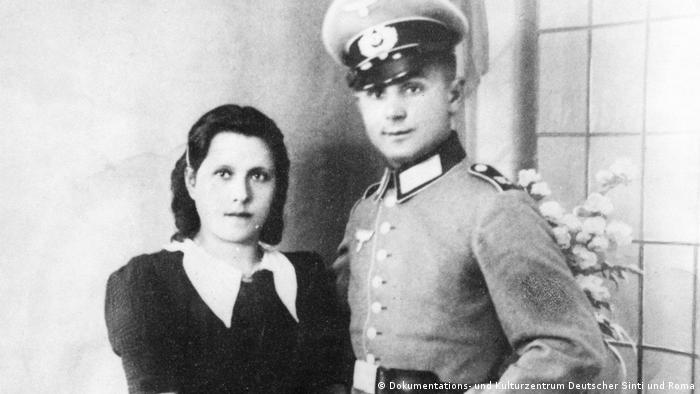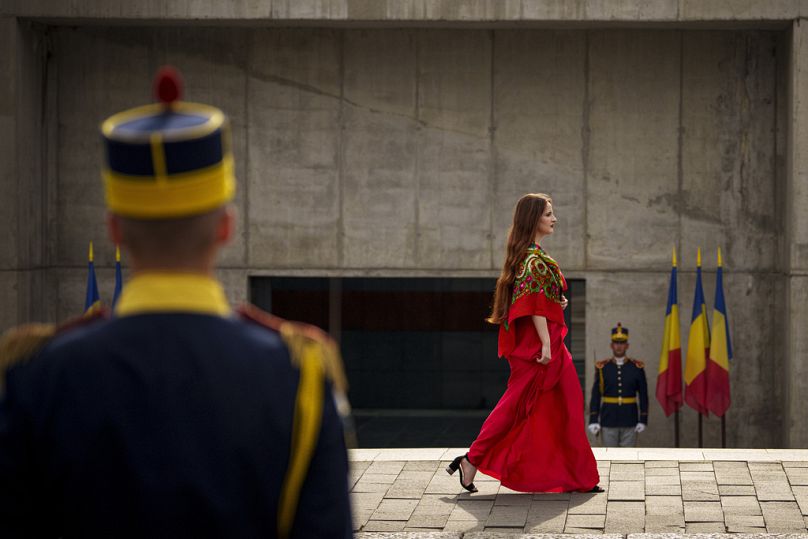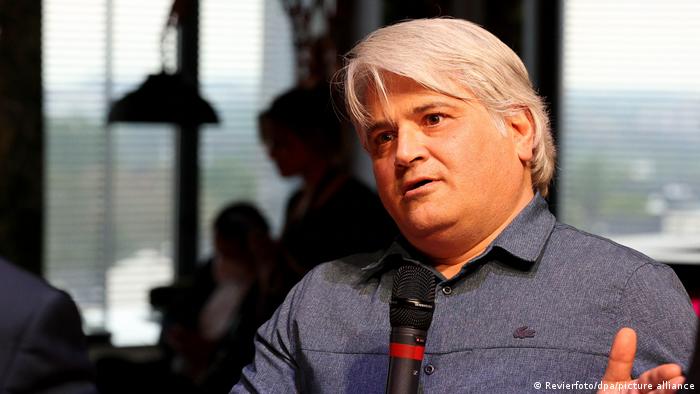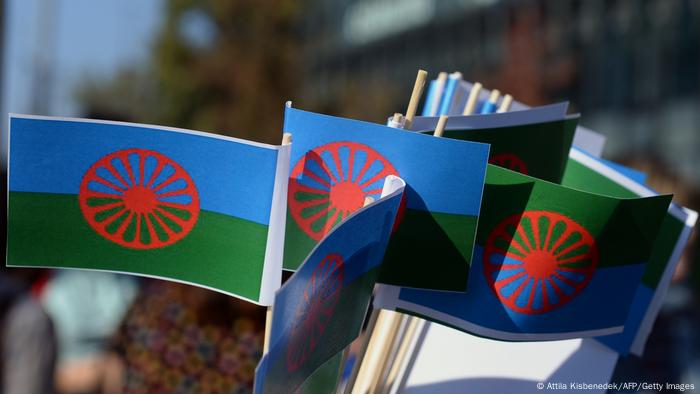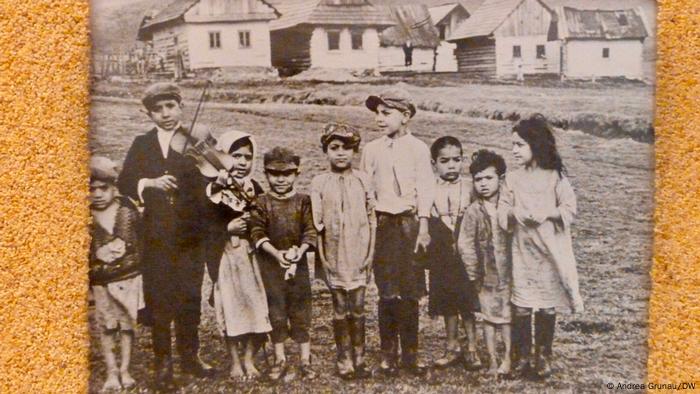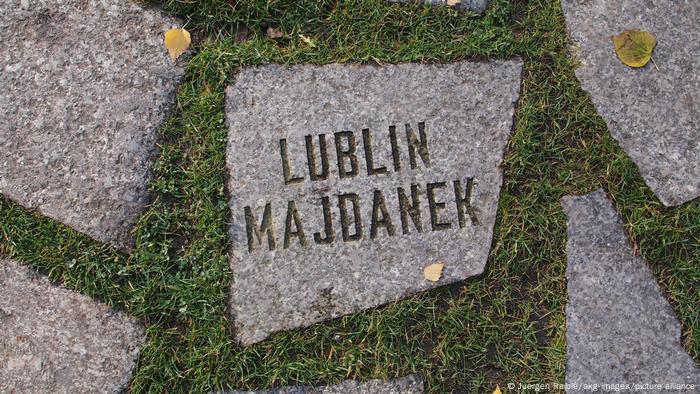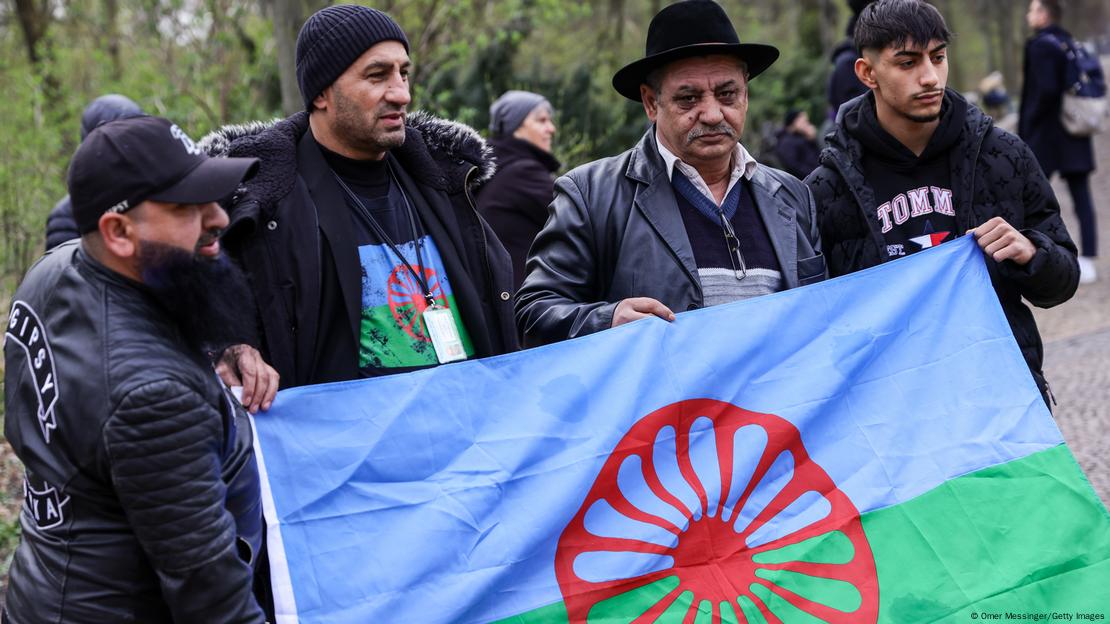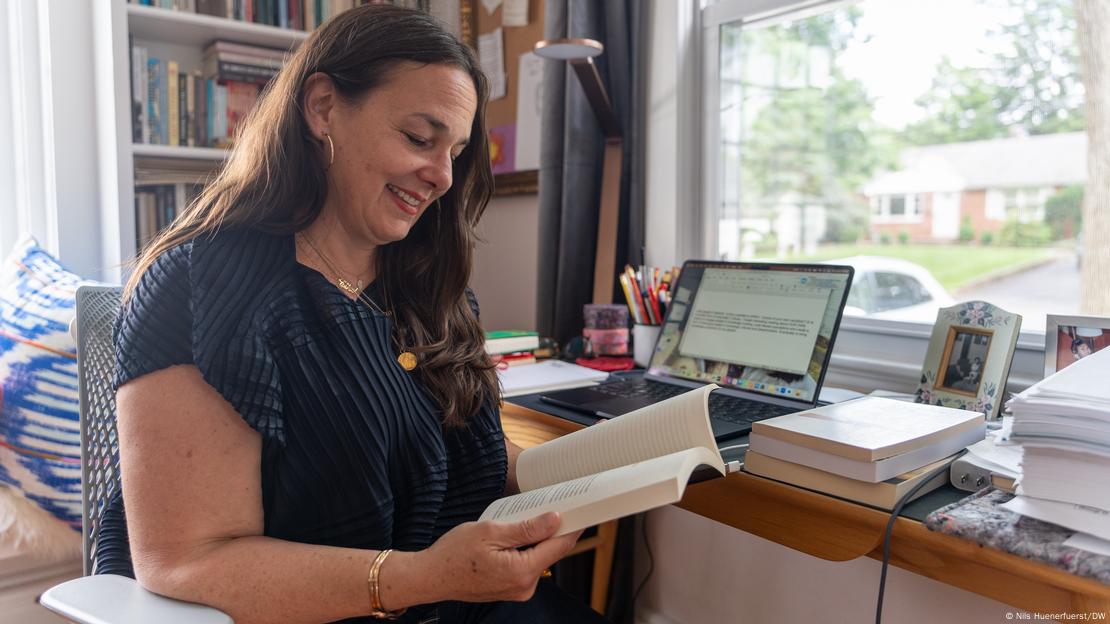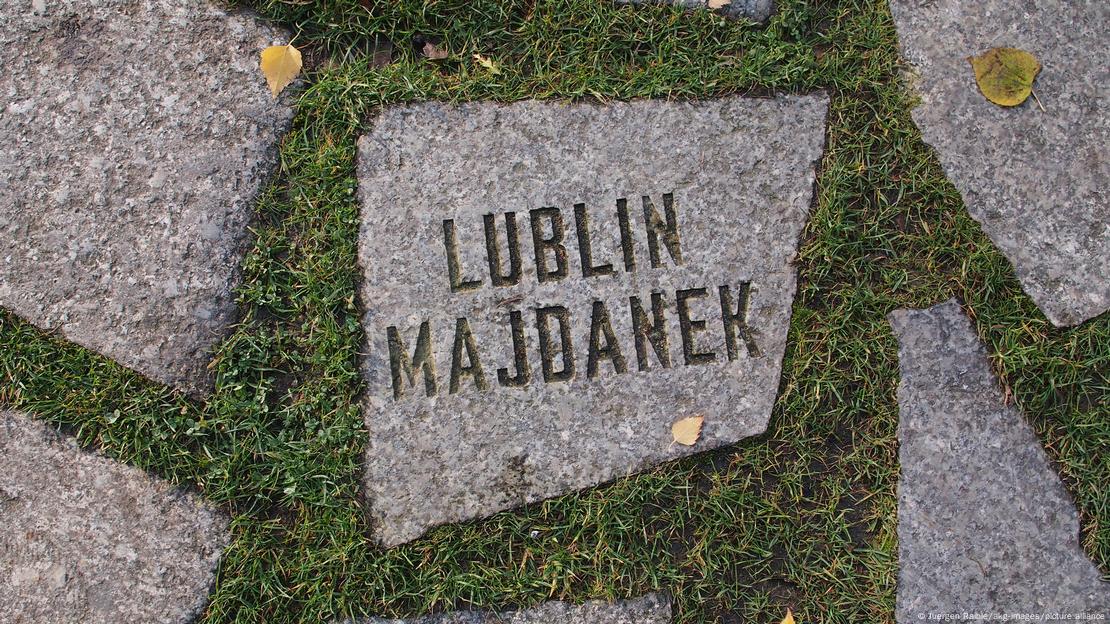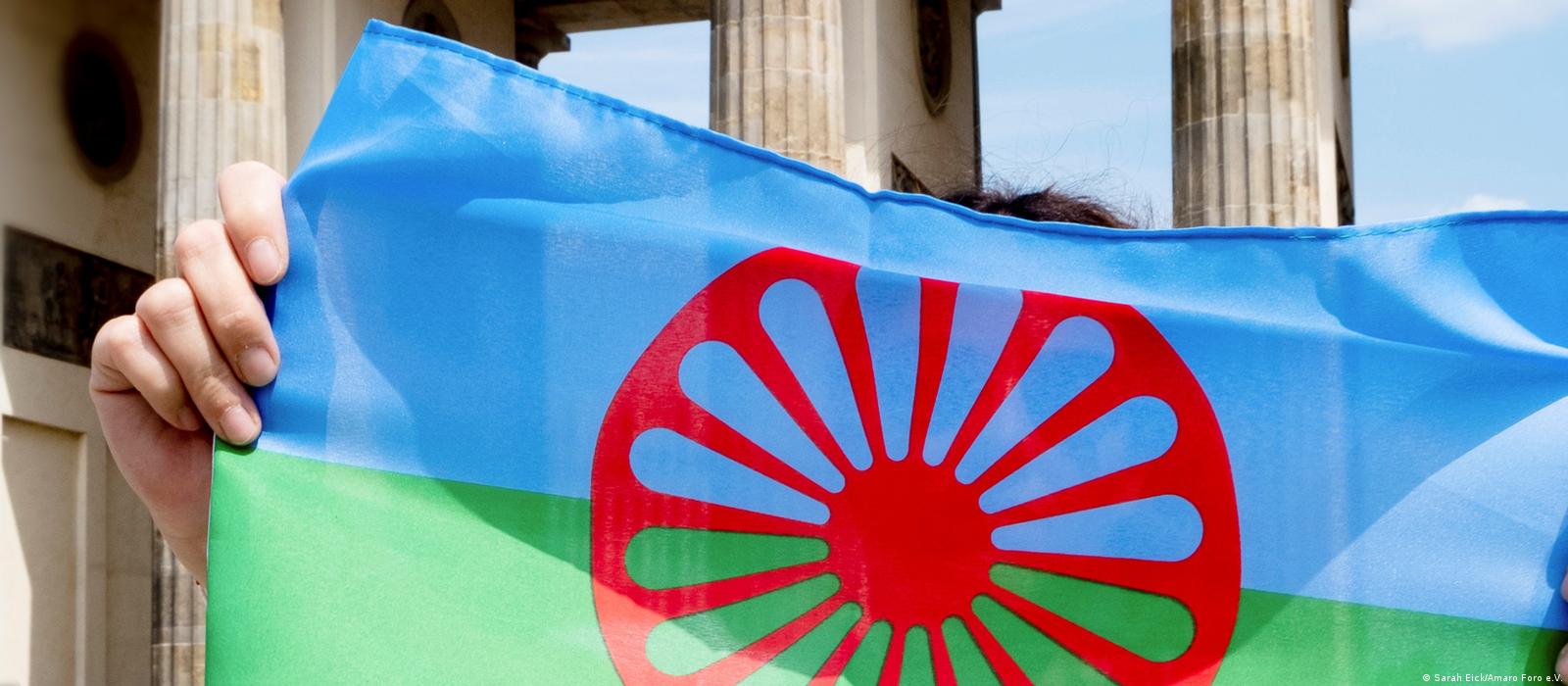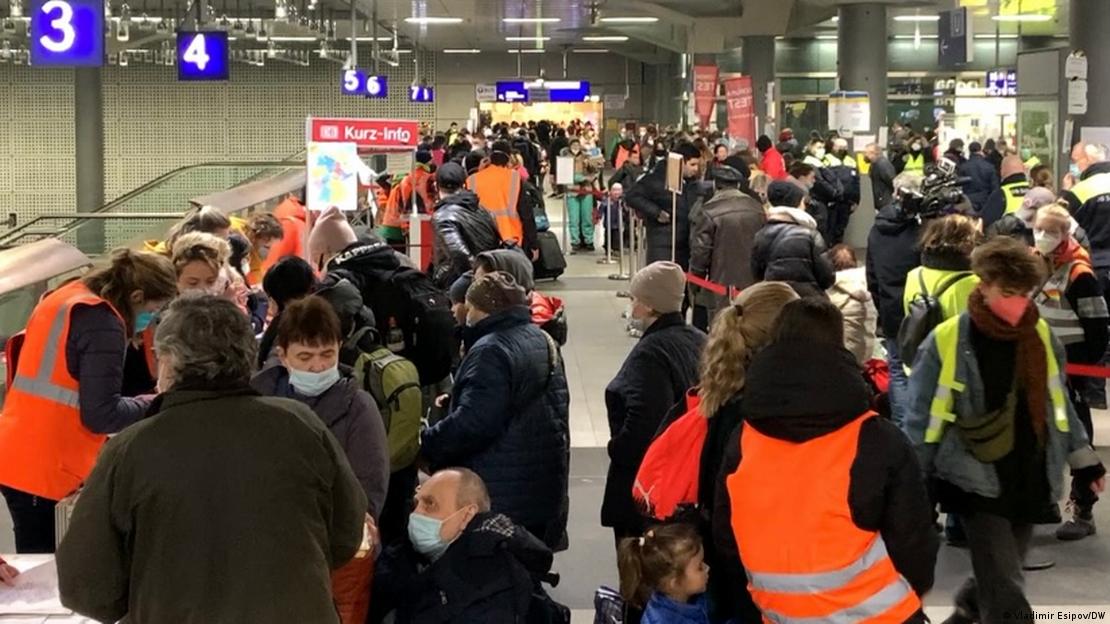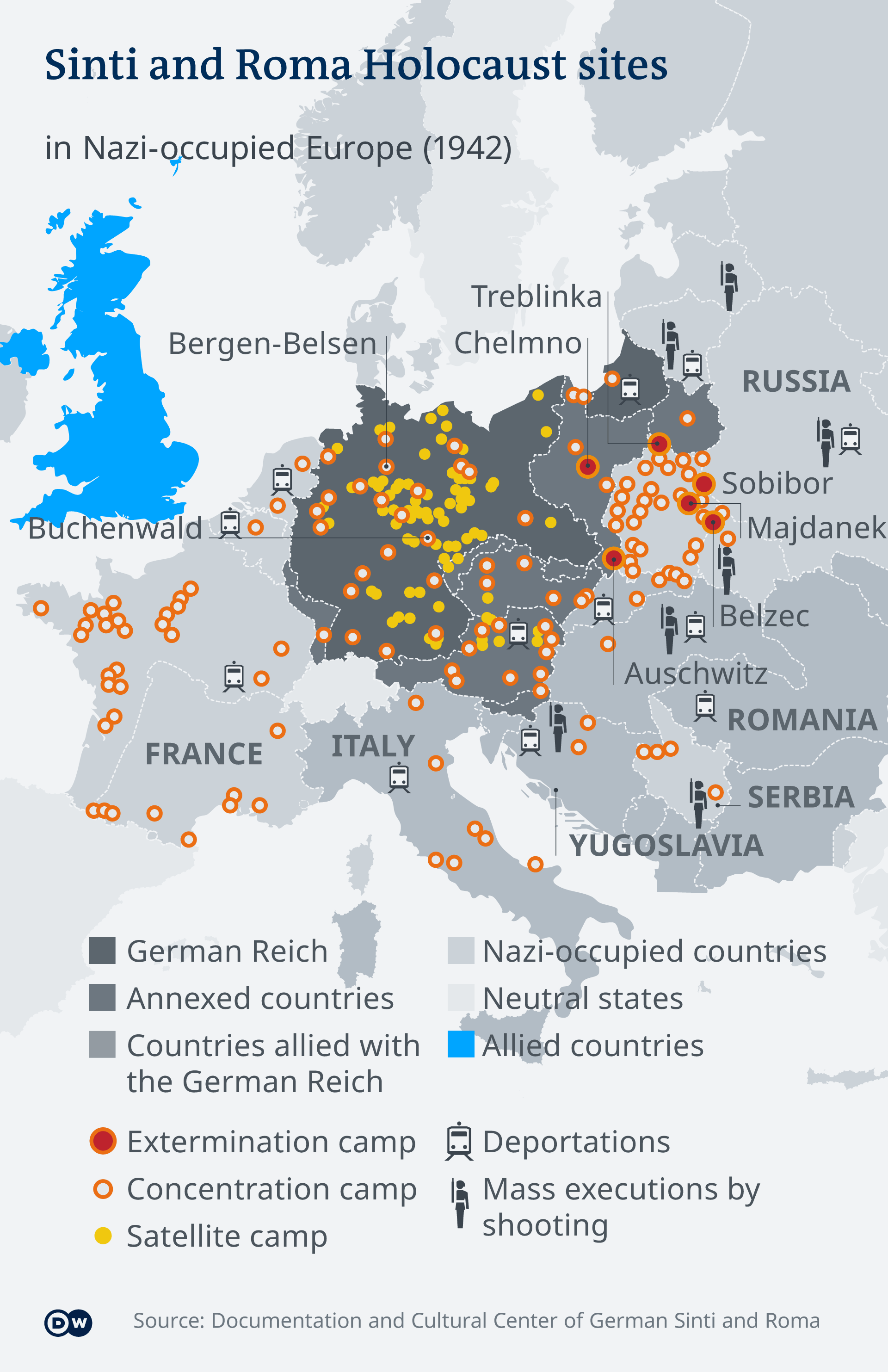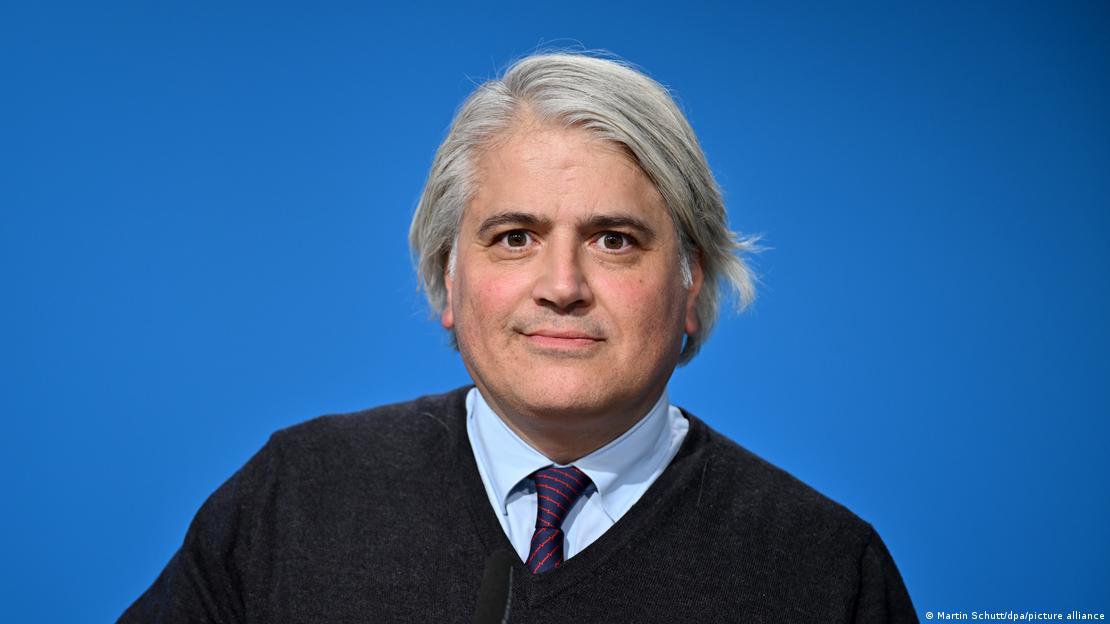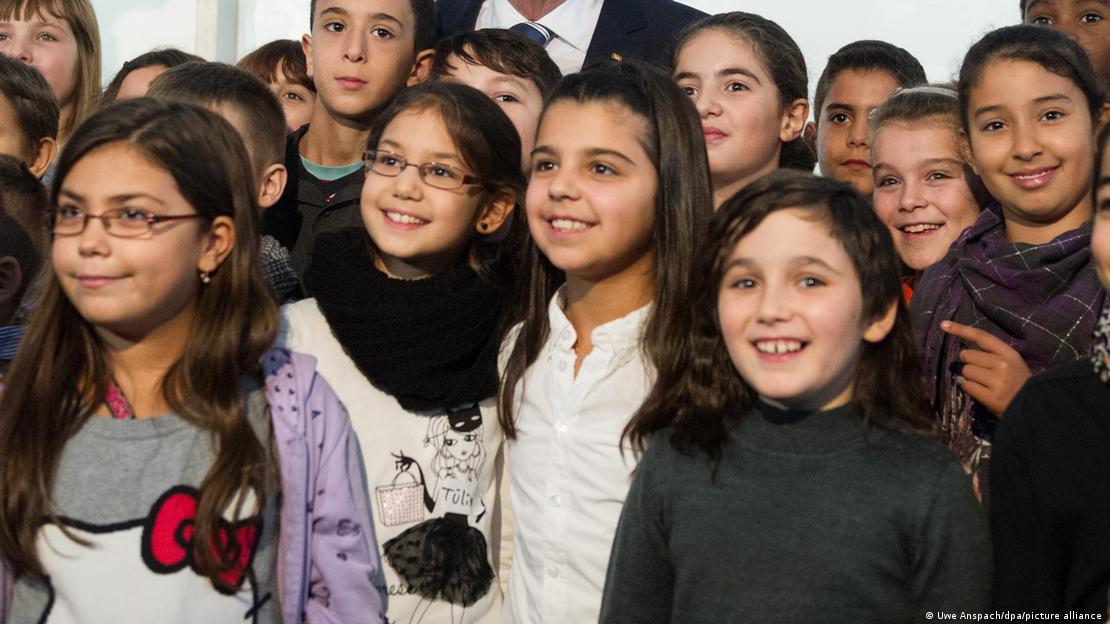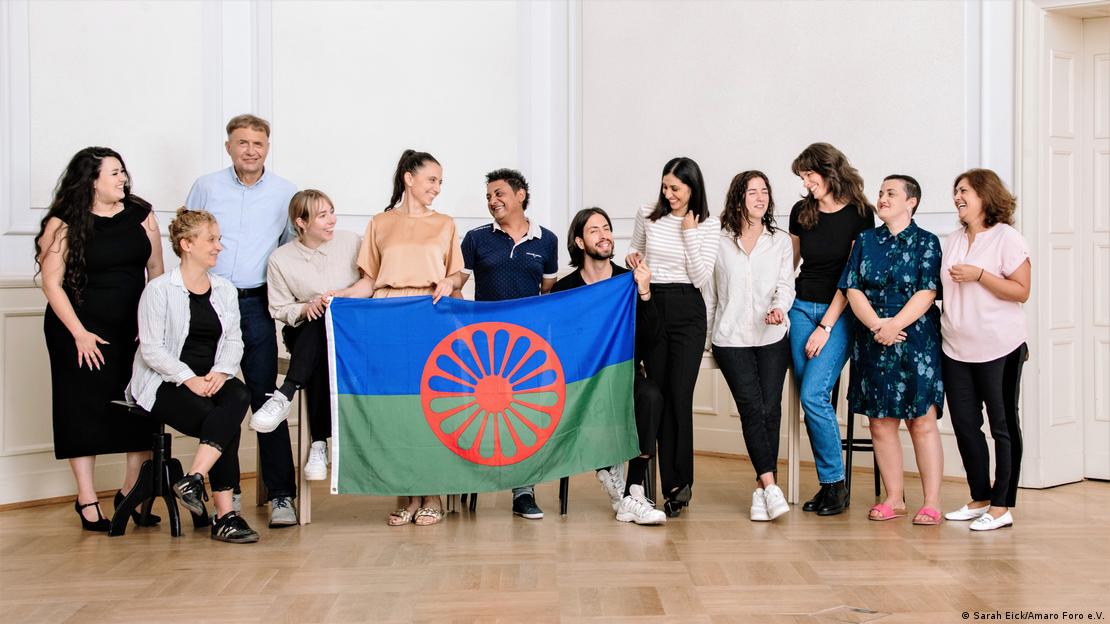By Ginny Sanderson
A Glasgow Roma community is at the heart of a major new £1.1 million project led by a Scottish university.
The "urgently needed" study by Heriot-Watt aims to investigate the significantly lower life expectancy of 10 years or more experienced by Roma people across the UK.
The new three-year project will work with community groups of Roma people, including Scotland's biggest Roma community in Govanhill, Glasgow.
Read more: 'Historic moment': First cultural centre for Scotland's Roma communities announced
Dr Ryan Woolrych, director of the Urban Institute at Heriot-Watt University, said: "This research is urgently needed as public health bodies and government reports continue to evidence the inequalities faced by Roma people living in the UK today which is severely impacting life expectancies and creating growing social exclusion.
“There is a significant evidence gap in terms of exploring what it means to age within Roma communities and the interventions needed to ensure healthy and active ageing.
“We will address this by taking an inclusive, community-centred approach to understanding barriers faced by Roma people in accessing healthcare and other services before supporting the development of services that build on their cultural assets and lived experiences.
"By doing so, we can positively influence a shift in health, wellbeing and place policies and practices for Roma groups.
“We will employ innovative and creative methods like storytelling, dance and photography, working alongside communities to gain deeper insight into Roma experiences to co-design interventions that will deliver impact where they are needed the most.”
Roma people experience some of the poorest health and wellbeing outcomes, including significantly lower life expectancy of 10 or more years below the national average as well as a higher prevalence of long-term chronic conditions and increased social exclusion.
Poorer health can result from barriers and challenges when accessing the physical, social, and cultural supports that are needed to age across the life course.
Among the organisations it will work with is Community Renewal Rom Romeha, which has worked alongside the Govanhill Roma community for more than a decade.
Meaning 'for Roma, by Roma', Rom Romeha supports thousands of Roma families providing advice around benefits, employment, housing, discrimination, community activism, and spaces to meet up.
Community facilitator Leon Pushka said: "We really support this work with Heriot-Watt University on this study as they too are putting Roma people and Roma voices at the heart of their research project.
"Roma experience terrible health inequalities caused in part by problems with housing, money and access to services.
"It is very important to us that insights into how to address this come from the community rather than being top-down. This will be integral to any research that will document and ultimately impact on their community and life chances.”
The research builds on already-established relationships with Roma communities, public authorities and health providers across the case study areas to give Roma people a voice in developing services that respect their dignity.
Including co-researchers from Roma communities, the project aims to identify barriers faced by Roma people in accessing healthcare and other services in mid to later life.
It will then co-design new place-based 'integrated hubs' to better connect Roma people with culturally appropriate health, wellbeing and community resources which build upon existing expertise and assets within the community.
The multidisciplinary team includes the Roma Support Group, Luton Roma Trust, Compas and Community Renewal Trust’s Rom Romeha (meaning for Roma by Roma) in Govanhill as well as expertise from Coventry University, Anglia Ruskin University and the University of Dundee.
Mihai Bica from the Roma Support Group said: “The Roma Support Group is thrilled to be part of this exciting and much needed research addressing some of the existing Roma health inequalities.
"We are particularly pleased that this project will draw on the knowledge and expertise of Roma from across the UK to co-develop healthcare solutions, while equipping them with the skills and capacity to play a central role in future research projects and drive policy change.”
Funding for the research is led by AHRC in collaboration with BBSRC, ESRC, MRC and NERC, all part of UK Research and Innovation (UKRI)
Further funding is from UKRI’s Building a Secure and Resilient World, and Creating Opportunities, Improving Outcomes strategic themes and the programme is run in partnership with the National Centre for Creative Health.


